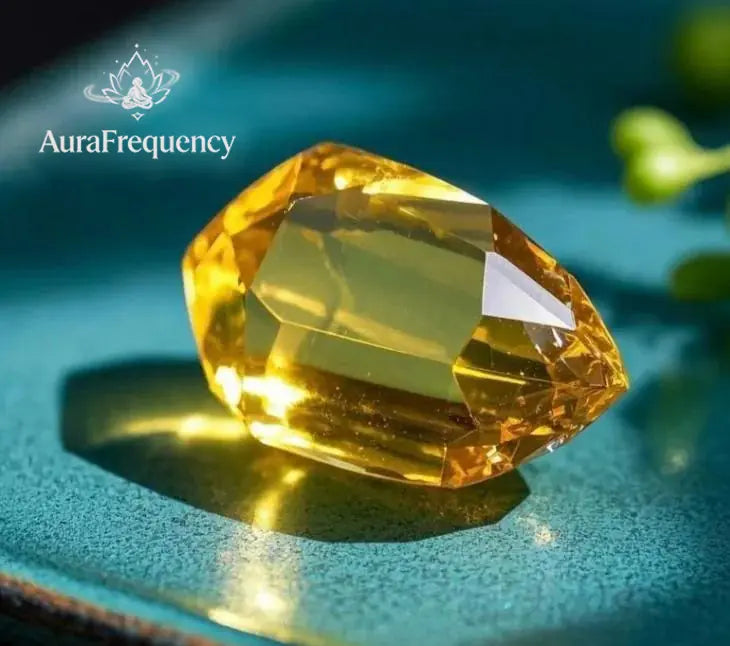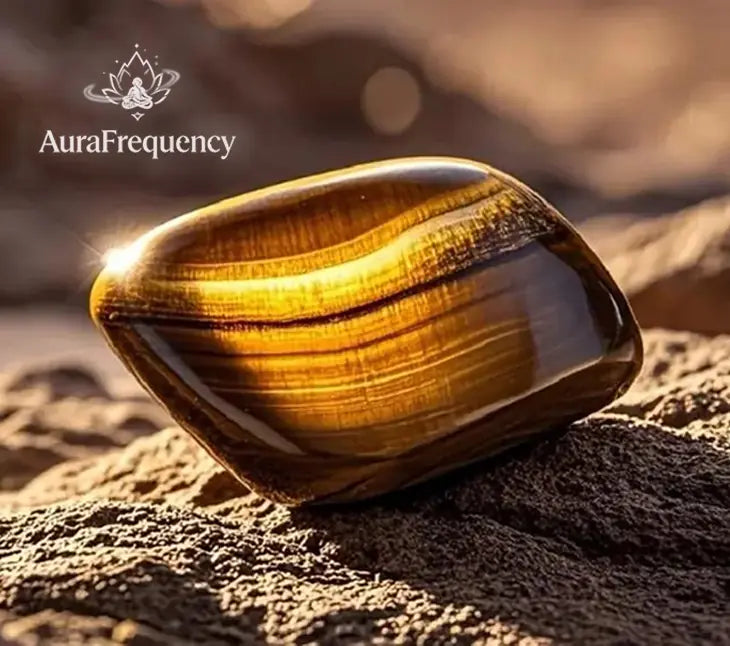
How to Identify Topaz
Citrine, known as nature’s sunshine stone, captivates with its warm yellow hues. Two main sources are popular: Brazil and China. Understanding their differences helps you appreciate the unique qualities each offers.
At AuraFrequency, we source genuine crystals to bring their natural energy into your life. Let's explore the distinct characteristics of Brazilian and Chinese citrine.
1. The Radiant Colors: A Brazilian Palette
Brazil is celebrated for its diverse gemstones, including stunning citrine. Brazilian citrine displays a vibrant spectrum: from rich golden yellows, intense orange-yellows, to deeper amber-brown tones. Many find these colors reminiscent of the warmth and rhythm of a lively Brazilian dance. The deep orange-yellow varietyis often considered the most prized and sought-after.
Chinese citrine, in contrast, typically possesses a denser, more uniform lemon yellow hue. Both offer beautiful options, catering to different preferences within the vibrant world of crystal energyand natural jewelry.
2. Market Value & Perception
Brazilian citrine consistently commands a higher value in the crystal collectormarket. For high-quality, naturally colored Brazilian citrine, prices often range from 50 to70 per gram, with exceptional pieces reaching significantly higher prices.
Chinese citrine is generally perceived as more affordable. However, this perception stems partly from the prevalence of heat-treated amethystor artificially enhanced quartzincorrectly marketed as citrine in some markets. These lower-priced, treated stonescan sometimes be difficult to distinguish visually from natural citrine, unfortunately leading some genuine Chinese citrine to be overlooked.
At AuraFrequency, we prioritize transparencyand natural authenticityin every piece.
3. Unique Color Characteristics & Rarity
Beyond the base color difference, Brazilian citrine is renowned for its fascinating, often natural color variation. You'll frequently see beautiful color zoningwithin a single stone – bands or gradients shifting from deeper tones to lighter ones. In top-grade ("AAA") pieces, this zoning becomes minimal or nearly invisible, creating a remarkably uniform, intense orange-yellowthat can be very hard to differentiate from high-quality synthetic material.
Another key feature of natural Brazilian citrine is its rarity in large sizes. Finding genuine Brazilian citrine pieces larger than a golf ball is uncommon, making substantial, high-quality specimens exceptional and valuable.
Choose Your Natural Radiance with Confidence
Whether drawn to the vibrant, multifaceted hues of natural Brazilian citrineor the consistent, sunny lemon of select Chinese citrine, both hold their unique charm.
The choice depends on your personal preference for crystal color, appreciation of natural gemstone formations, and the specific energy propertiesyou seek. For crystal enthusiastsvaluing rarity and natural vibrancy, Brazilian citrine often holds a special appeal.
Key Takeaways:
- **Brazilian Citrine:**Known for a range of warm colors (golden, orange-yellow, amber), often with natural color zoning. Top grades have exceptional, uniform orange-yellow color. Genuine pieces larger than a golf ball are rare, increasing their value.
- **Chinese Citrine:**Typically features a dense lemon yellowcolor. Can be affected by the market presence of artificially enhancedstones, though genuine natural Chinese citrine is available.
- **Value Insight:**Brazilian citrine generally commands higher prices due to its color diversity and rarity. Ensure you source from reputable sellers like AuraFrequency to guarantee natural authenticity.
At AuraFrequency, we specialize in connecting you with genuine crystalsfor your well-being journey. Explore our curated collection and find the perfect citrine to brighten your space and intentions.
Find your vibrant crystal energy at AuraFrequency!


